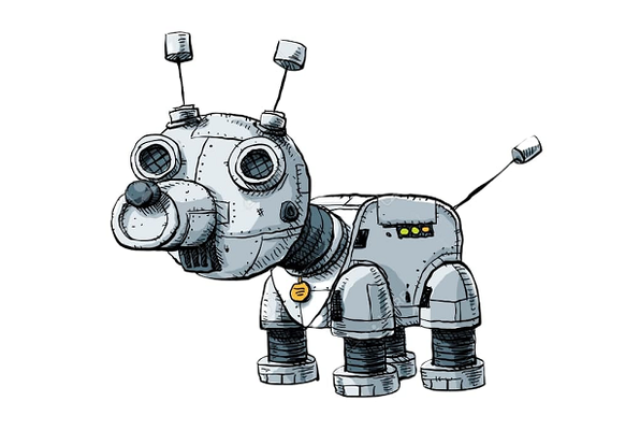A comprehensive bill on the legal regulation of relations in the sphere of robot turnover, which, in particular, defines the concept of "robot", divides robots into classes, and also fixes the principles of robot-human relations, was developed in the Federation Council and sent for review to the Ministry of Economic Development and the Ministry of Finance, TASS reports, quoting the document profusely.
The bill defines a robot as a product of digital technology achievements (a robotic device, a complex, a system) consisting of two or more components, controlled by means of a computer program embedded in it and capable of both performing actions pre-programmed by a person and autonomous problem solving.
According to TASS, there are two types of robots in the Federation Council: civil and service robots: "A civilian robot is a robot whose activities are aimed at the realization of private interests, the turnover of which is regulated by civil legislation. A service robot is a robot whose activity is aimed at realizing the interests of the state and society, involved in the sphere of activity of public authorities."
Civilian robots, in turn, are divided into industrial, service, medical, educational, scientific. Service - for the military and law enforcement.
As specified in the document, robots, as well as their components, depending on the degree of danger of harming the legally protected interests of the individual, society and the state, are divided into four hazard classes: first class (high hazard), second class (medium hazard), third class (low hazard), fourth class (non-hazardous).
Robots of the first, second and third classes are proposed to be classified as sources of increased danger. To such robots, unless otherwise established by law and other regulatory legal acts, the general provisions of civil legislation on liability for harm "caused by activities that create increased danger to others" apply.
The bill also distinguishes two types of robots, depending on the nature and degree of human participation in their functioning: controlled and autonomous.

